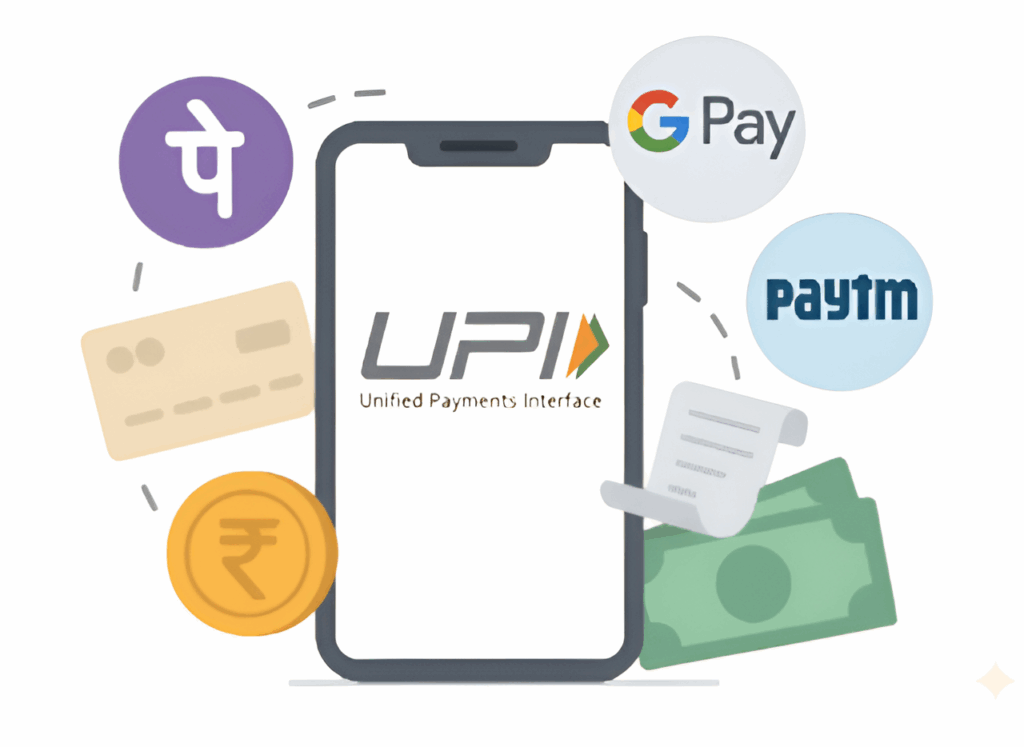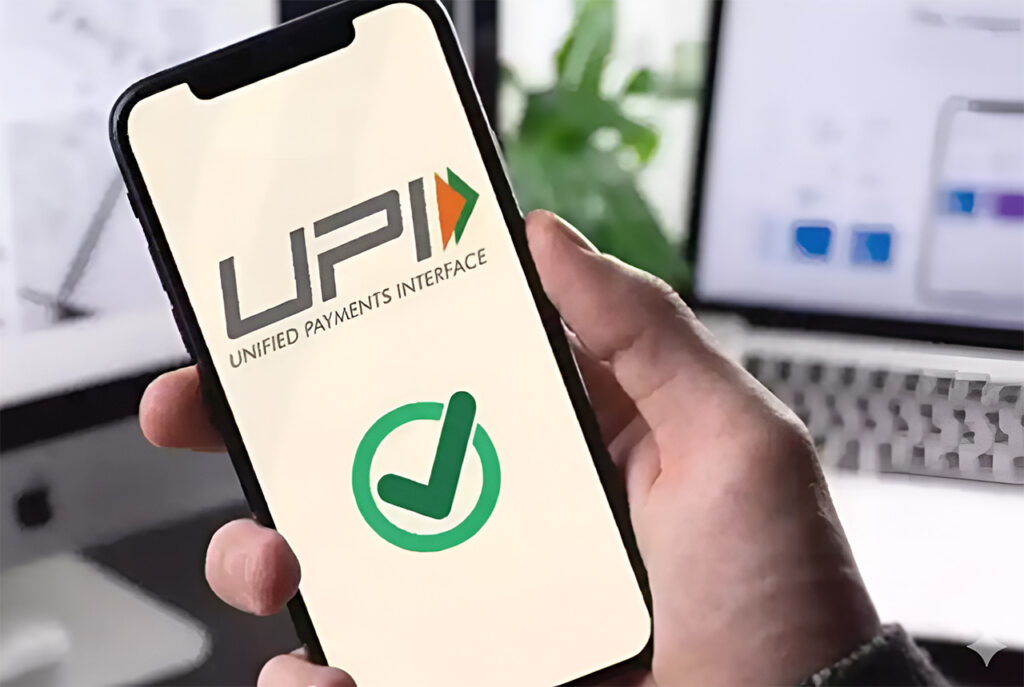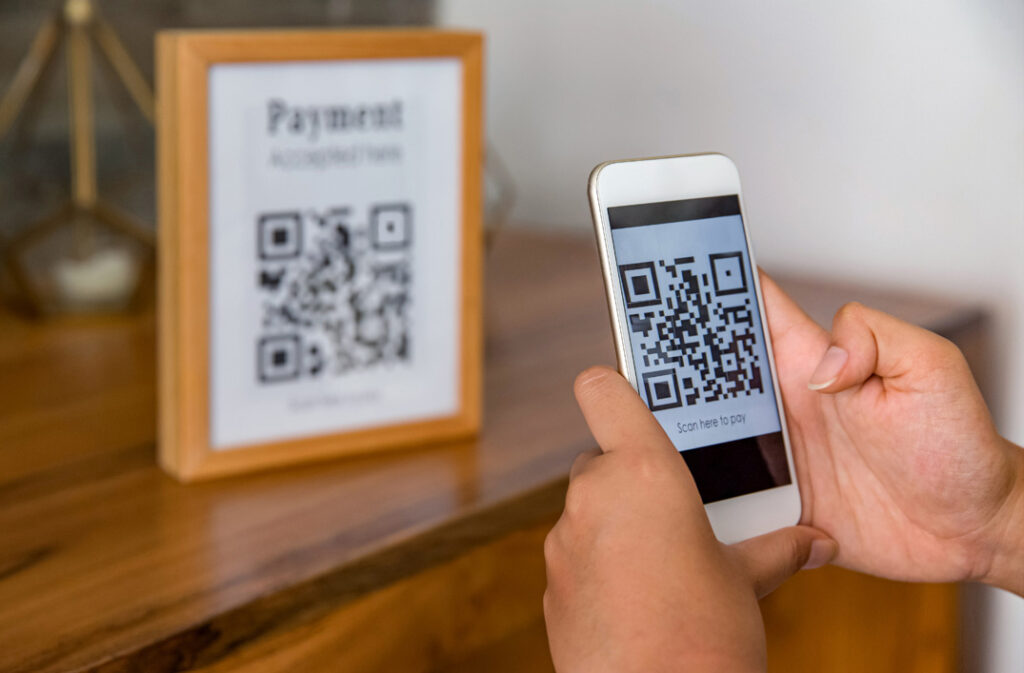Heading
A new settlement cycle has been introduced by the National Payment Corporation of India (NPCI) for UPI, covering both disputed and authorized transactions.
Recently, the NPCI has introduced new settlement cycles for Unified Payments Interface (UPI) transactions, both disputed and authorized. Moreover, the changes are considered good news for RTGS users who previously had to be highly vigilant during transactions.
Current UPI processes
Currently, UPI operates approximately 10 settlement cycles each day via RTGS, where each cycle involves both disputed and authorized settlements. Thus, by taking into account the major upsurge in the transaction volume, a decision has been made to set apart the dispute and authorized settlements in order to provide an on-time accomplishment of the regular settlement procedure.

This segregation will not affect regular transactions or payment limits, but will help ensure quicker settlement payments and more organized management of any potential disputes. Moreover, in the event that a payment goes wrong, segregating dispute transactions within their own settlement areas will enable a quicker and more organized dispute resolution procedure.
The revised settlement framework and the process involve the details given below:
- Only authorized transactions: From 3rd November, the settlement cycles within the period of 1 to 10 will currently only negotiate the authorized transactions. With these slots, no disputes will be handled. As a result, no disputes will be processed during these cycles. Along with this, there will be no such alteration to the RTGS posting timelines or current cut-over timings. The planned payments, such as EMIs, OTT subscriptions, and insurance premiums, will be processed only during the non-peak hours (before 10 am or after 9:30 pm).
- Committed dispute cycles: The dispute-based settlements will be operated twice within the settlement cycles 11 and 12. Only disputed transactions will be included in these cycles. Furthermore, the NTSL file named as convention will integrate identifiers DC1 and DC2, which stand for dispute cycle.

- Other rules unchanged: Other major settlements of UPI rules remain untouched, which include GST reports, reconciliation reports, and settlement timings. The novel rules will not change your per-or daily transaction payment limits, hence your ability to receive or send money will stay the same.
Moreover, recently, the deadline for stopping all autopay mandates linked to the previous @paytm UPI ID managed has also been extended by two months, till October 31, 2025.
Impact of the change on banks and users
- Impact of the change on users: Most of the users will continue to have a similar experience at the time of paying online, in person, or through peer-to-peer transfers. As they will not be involved in the struggle with the refund settlements during the same time batch, such transactions must be processed into the bank’s systems instantly.
- Impact of the change on banks: The reconciliation procedures will be less crowded, which will prove to be beneficial for the banks. Furthermore, the novel structure aims towards minimizing the probability of delays in the settlement, minimizing bottlenecks, and improving operational efficiency. This will be done by unscrambling disputes from the usual transactions. Along with this, the UPI volumes will be high during the period of overhaul.

As per the data of NPCI, the total of the UPI processed payments during August is around INR 24.85 trillion, marking the first time it has surpassed the milestone of 20 billion monthly transactions. As digital payments are considered to be the basis of the financial system of India, it is expected that a more accurate settlement structure will maximize operating stability of the bank and enhance consumer satisfaction.
The table for the new UPI settlement timelines is presented below:
SR/No. | Time | Settlement type |
1. | 9 PM-Midnight | Authorised settlement |
2. | Midnight – 5 AM | Authorised settlement |
3. | 5 AM- 7 AM | Authorised settlement |
4. | 7 AM -9 AM | Authorised settlement |
5 | 9 AM – 11 AM | Authorised settlement |
6. | 11 AM – 1 PM | Authorised settlement |
7. | 1 PM – 3 PM | Authorised settlement |
8. | 3 PM – 5 PM | Authorised settlement |
9. | 5 PM – 7 PM | Authorised settlement |
10. | 7 PM – 9 PM | Authorised settlement |
DC1 | Midnight – 4 PM | Disputed Settlement |
DC2 | 4 PM – Midnight | Disputed Settlement |
Reasons behind these changes
With approximately 12 billion monthly transactions, within India, UPI is considered to be the most used system. Nevertheless, this increasing traffic has put a huge burden on the banking APIs and has raised major concerns regarding delays in payment, fraud, and system overload. Hence, the novel rules are intended towards:

This particular change is determined to be good news for the UPI infrastructure, which will result in a smoother overall experience.
Benefits of the updated regulations: Such updated regulations are considered to be one of the vital parts of the wider approach of NPCI to improve the performance, along with the reliability of the UPI framework. Even though the informal users may not experience major changes currently, regular users are required to pay detailed attention to the newly upgraded regulations.
Status updates of UPI transaction: A significant change emphasizes the status updates of the transaction, where the UPI apps will require users to inform within seconds whether a payment has failed or gone through. This particular step is anticipated to reduce the frustrating delays that are often experienced by users who usually remain trapped in an extended processing condition.
Conclusion
- With this change, users of Paytm, GPay, and PhonePe have a more predictable experience with UPI.
- Users will observe faster credit for reversals and refunds.
- Users will also experience a well-organized reflection of regular transactions.








